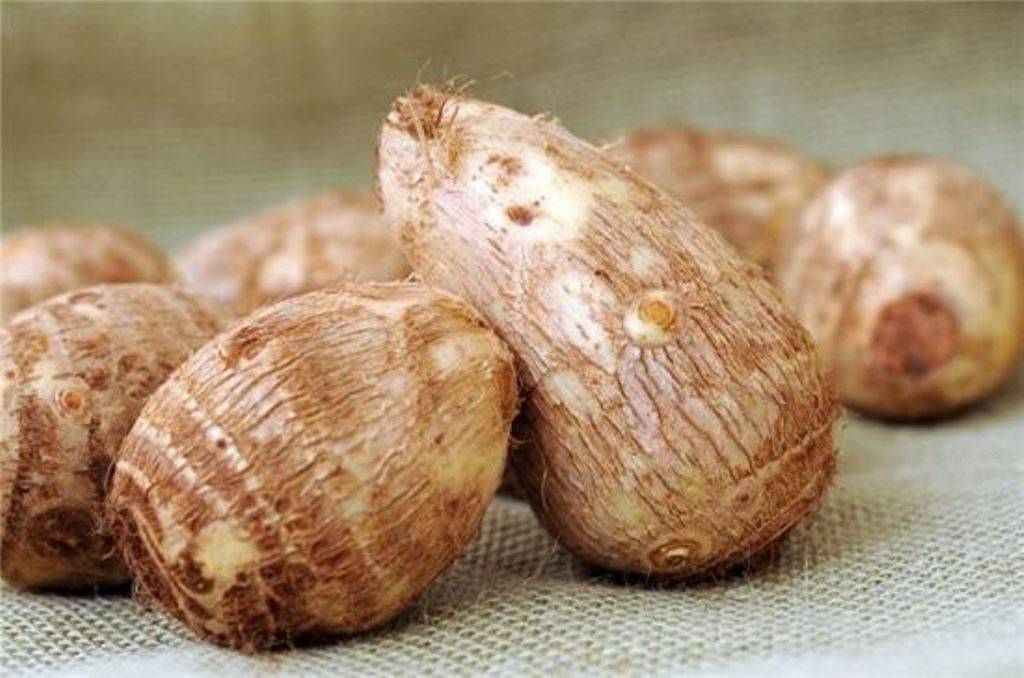
Arbi ki Kheti- Arbi is a starchy root vegetable also known as Taro root. In most parts of India it is cultivated from February to June. The farmer can earn around 1- 1.5 lakh rupees from this crop in this period. However, Farmers can earn much more if this vegetable is grown throughout the year.
In this article, we are going to discuss the technique through which farmers can grow Arbi or Colocasia throughout the year.
Mixed Cultivation of Arbi along with other crops can make it possible! This has been proved by the results of research conducted at the Dr. Rajendra Prasad Central Agricultural University, Pusa Samastipur, Bihar.
Colocasia Cultivation: According to Crop Scientist Dr. Ashish Narayan, Arbi can be grown along with onion crops to earn additional profit. Arbi can even be intercropped with new varieties of litchi and mangoes. In this way, the land lying between the rows of trees is used properly. At the same time, due to the continuous weeding of the orchards, good yield of fruits is also obtained.
The following crop rotations can be practiced to maintain the overall productivity of the soil
-
Bhindi-Arabi-Maize-Peas
-
Onion-Arabi-Cauliflower Arabic-Maize-Sweet Potato
-
Bhindi-Arabi-Sweet Potato Arabi-Maize
-
Arabic-maize-zucchini
Best Varieties of Arabi for Huge Profits
1. Rajendra Arbi-1
It is an early variety of Arbi which matures in 160 to 180 days. It was launched by Rajendra Agricultural University, Bihar, Pusa (Samastipur) in 2008 to cultivate this strain in the whole of Bihar. Its average yield is 18-20 t/ha.
2. Muktakeshi
This strain was developed in 2002 by the Regional Center of Central Potato Crop Research Institute, Bhubaneshwar (Orissa). It has a yield capacity of 16 t/ha and can be easily cooked
3. Satamukhi
A Variety released from Horticultural Research station, Kovvur, a free budding type with round medium-sized tubers. It is suitable to grow in Andhra Pradesh. The duration is 6-7 months. The tubers are low in oxalate with excellent cooking quality and a good market with a yield of 22 tons/ha.
















